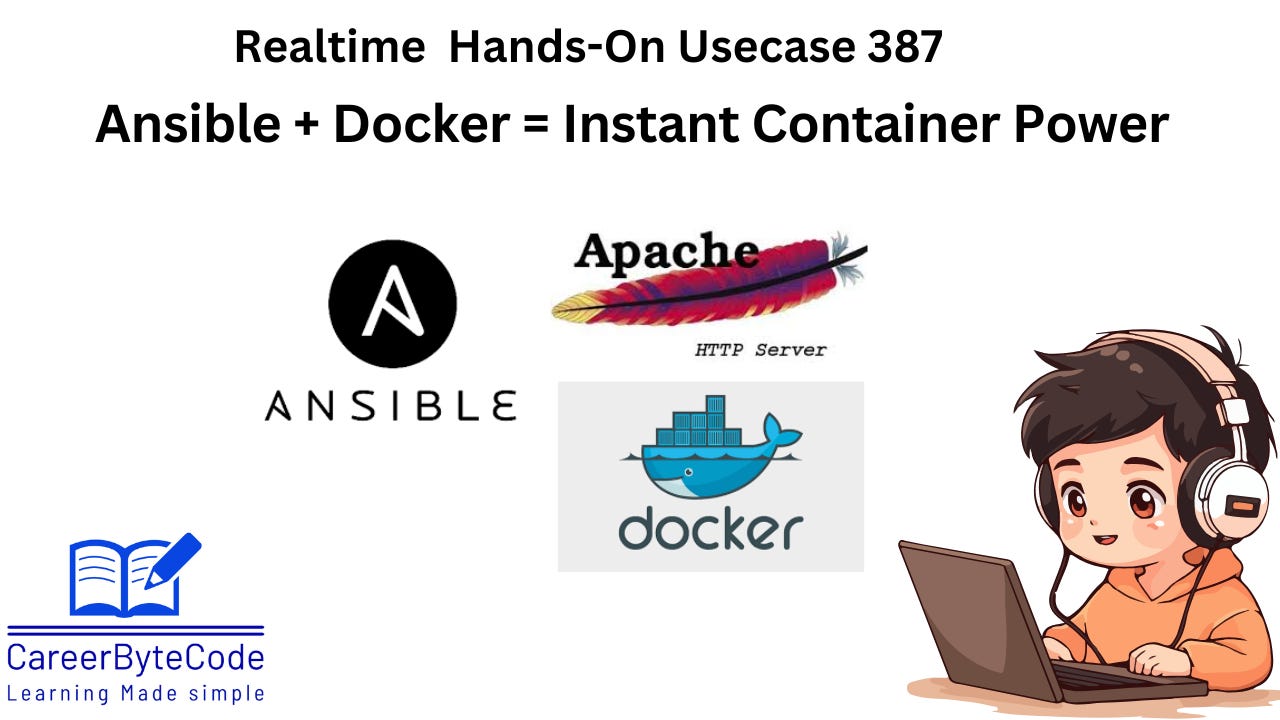Ansible-Powered Automation: Installing and Configuring Docker Across Multi-OS Server Environments
Hands-Free Docker Installation for Multi-OS Environments
1. Problem Statement
In modern DevOps workflows, Docker has become a standard for containerizing applications. Installing Docker manually across multiple servers is time-consuming and prone to human error, especially when managing hybrid environments with different OS distributions (e.g., Ubuntu, CentOS). This leads to inconsistencies in environment setup, delays in deployments, and potential configuration drift. There is a need for an automated, consistent, and scalable approach to install and configure Docker across all target servers.
2. Why We Need This Use Case
In a fast-paced DevOps environment, application teams require reliable containerization platforms like Docker to ensure portability and consistency across development, testing, and production. Manually installing Docker on each server introduces several challenges:
Inconsistency – Slight differences in installation steps between servers can break deployments.
Scalability Issues – Installing Docker manually on tens or hundreds of servers is inefficient.
Error-Prone – Human errors such as missed dependencies or incorrect configuration can cause failures.
Slow Onboarding – New environments take longer to provision, slowing down project delivery.
Automating Docker installation using Ansible ensures:
One command can install Docker on all servers, regardless of OS.
Consistent versions and configurations are applied everywhere.
Infrastructure can scale instantly without additional manual effort.
Compliance and auditability are improved since all installation steps are captured in code.
3. When We Need This Use Case
This use case is required in scenarios such as:
Multi-Environment Provisioning – Setting up Docker for dev, staging, and production with minimal human intervention.
Cloud & Hybrid Deployments – Installing Docker on both cloud VMs (Azure, AWS, GCP) and on-prem servers.
CI/CD Pipeline Integration – Automatically provisioning Docker-ready nodes as part of a build pipeline.
Disaster Recovery – Rapidly re-provisioning Docker on replacement servers after a failure.
Team Onboarding – Quickly setting up Docker environments for new development teams.



